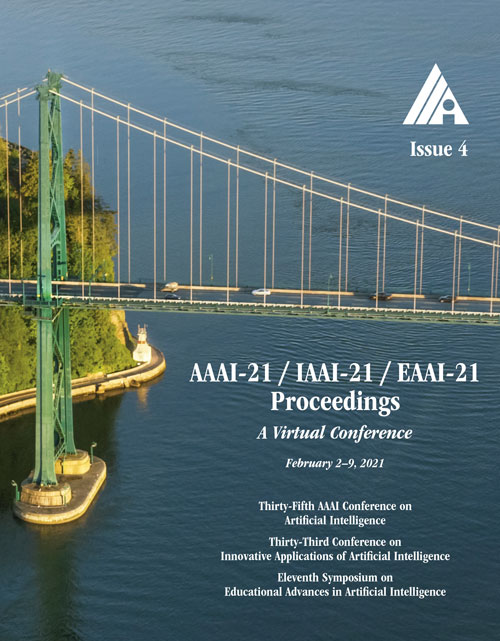Bag of Tricks for Long-Tailed Visual Recognition with Deep Convolutional Neural Networks
DOI:
https://doi.org/10.1609/aaai.v35i4.16458Keywords:
Object Detection & CategorizationAbstract
In recent years, visual recognition on challenging long-tailed distributions, where classes often exhibit extremely imbalanced frequencies, has made great progress mostly based on various complex paradigms (e.g., meta learning). Apart from these complex methods, simple refinements on training procedures also make contributions. These refinements, also called tricks, are minor but effective, such as adjustments in the data distribution or loss functions. However, different tricks might conflict with each other. If users apply these long-tail related tricks inappropriately, it could cause worse recognition accuracy than expected. Unfortunately, there has not been a scientific guideline of these tricks in the literature. In this paper, we first collect existing tricks in long-tailed visual recognition and then perform extensive and systematic experiments, in order to give a detailed experimental guideline and obtain an effective combination of these tricks. Furthermore, we also propose a novel data augmentation approach based on class activation maps for long-tailed recognition, which can be friendly combined with re-sampling methods and shows excellent results. By assembling these tricks scientifically, we can outperform state-of-the-art methods on four long-tailed benchmark datasets, including ImageNet-LT and iNaturalist 2018. Our code is open-source and available at https://github.com/zhangyongshun/BagofTricks-LT.Downloads
Published
2021-05-18
How to Cite
Zhang, Y., Wei, X.-S., Zhou, B., & Wu, J. (2021). Bag of Tricks for Long-Tailed Visual Recognition with Deep Convolutional Neural Networks. Proceedings of the AAAI Conference on Artificial Intelligence, 35(4), 3447-3455. https://doi.org/10.1609/aaai.v35i4.16458
Issue
Section
AAAI Technical Track on Computer Vision III

